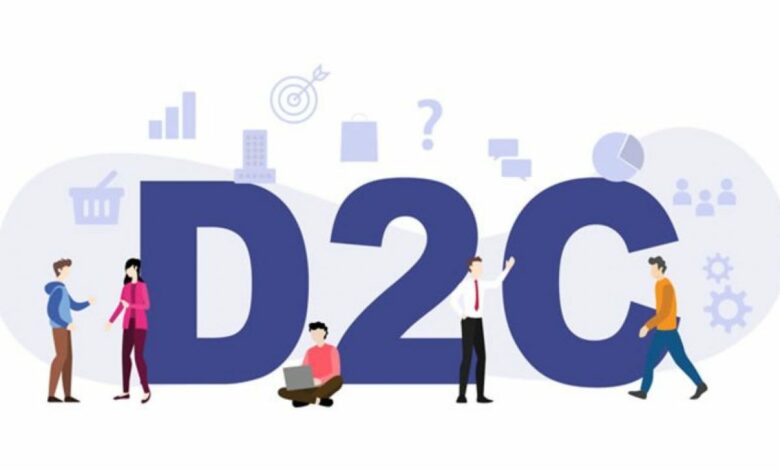Why D2C Models Need To Ameliorate Digital Presence Through Social Media

D2C Models Need To Ameliorate
Retail assiduity is changing fleetly in the post-Covid world. Product connections with retailers are also changing due to the growing use of the internet and social media platforms, as well as the increase in payment gateways. New products that have linked problems with consumer demand, cost, and mindfulness, saw that the online D2C model could be a way of life, offering a less parlous, and cleaner way to shop for targeted guests.
As D2C brands began to work on creating the presence of all channels, social media began to expand and inclusively now forming a unique combination, offering niche and customized products to new age guests.

When a client visits a store, the client’s experience can not be customized due to a lack of data. still, on a website, there are contact figures for client contact. The overall client experience is designed grounded on logical data leading to a high position of personalization. This is an important factor in the growth of D2C products in India. KPMG India reports that there are further than 800 types of D2C in the country moment.
The D2C sector is presently valued at $44.6 billion and is anticipated to hit $302 billion by FY 2030. Over the once many times, several D2C kinds are similar as caffeine, Khadi rudiments, Arata, WOW Skin wisdom, and Plum Goodness. erecting strong product knowledge for consumers. Established FMCG brands similar to the Himalayas, Hindustan Unilever, and colorful others face stiff competition from D2C newcomers like Mama earth, Sugar, and others.
Erecting the presence of all channels has been a winning strategy as India has a veritably high internet connection with about 852 million druggies penetrating the internet via their smartphones, at the smallest cost of data in the world. India, as a result, has a veritably high number of telecommunications druggies. This makes it a rich ground for the growth of social trade. Public marketing can be defined as the purchase or trade of goods or services directly in the contact areas where druggies consume the content.
This model assists druggies in the product accession process by encouraging them to complete the entire purchasing process without leaving their favorite apps. While Social Commerce is a small part of India’s-commerce request, by 2030, while the e-commerce request is anticipated to be worth $400 billion, the social commerce request is anticipated to hit $70 billion according to GMV As reported by Bain & Company and Sequoia India.
What’s common between Ananya from South Delhi, Diya from Mumbai, and Sushma from Kota? What, however, may be more common? They use the same facial serum from the same beauty product. Do not be too surprised. Silent change is taking place among the youth in the metropolises of Tier II and Tier III of India. The aspiring Bharat youth aspire to live a life analogous to that of their peers in the major metropolises of India. They now seek and consume the products of a livelihood through a marketable channel, developed by social media.
Roadway videotape generators or promoters produce videotape content, social networking spots mark them, and their community watches and orders these products on their platform. They’ve hundreds of D2C products on trade on their platform, appearing as an important catalyst for their success.
What makes D2C brands and public commerce a winning formula? First, is the community of generators on social media. Original and indigenous promoters produce videotape content in an affiliated language. The generators themselves can be small or nano influencers who have their own set of followers, and make a community, and these suckers join them.

A report by Kalaari Capital estimates that of the 150 million content generators in India, about 150,000 are suitable to make plutocrats through their services. When similar promoters make a short videotape, using the arising kidney, it builds trust among druggies from Bharat, provides enough information, and provides information on how and where to order, all in a language and format they understand.
Using the omnichannel strategy has come to a winner for both D2C types and marketable communication platforms and overall for guests. This is because D2C models with affordable prices and online presence use the inadequately maintained request in the metropolises and municipalities of India’s league II, III, and IV. youthful people in the metropolises of Bharat worry about a better life and the need has not been met by the slipup mortar shops.
These millennial druggies also anticipate the loftiest position of robotization and the stylish client experience that can only be through a community trade route. Overall social trade stimulates the growth of D2C products in a variety of sectors, which brings lesser satisfaction to end druggies.
edited and proofread by nikita sharma







